Cervical Traction Devices
Cervical Traction Devices are designed to provide convenient pain relief from home. Desk jobs, in particular, contribute to workers experiencing chronic neck and back pain due to hours in front of a computer with poor posture. Cervical traction is an easy option to combat tight, stiff necks and lower back pain. Individuals who have headaches and neck discomfort from the daily grind can use a neck stretching device at home and use it at their leis
Cervical Traction Devices and Options
The variety of devices available are used in a professional physical therapy setting or provide access to therapy at home. A Home Cervical Traction Unit allows individuals to self-administer the cervical traction therapy in the privacy of their home to relieve pain and tension as needed. The design options are detailed below to outline to help customers select the traction employment method of choice.
Over-the-Door Cervical Traction
This pulley system is a popular traction device used at home due to its simplicity and easy-to-use application. It attaches over a standard door with a halter or harness that's applied over the head. Using a pully system, the individual customizes the amount of directional pull to relieve tension in the neck.
Examples:
- Built-Rite Cervical Overdoor Traction Set features a heavy-duty hanger and spreader bar that mounts directly on top of a door to make traction therapy simple and easy.
- Drive Over Door Traction Set installs over the door without the use of tools and has a universal harness to customize comfort and fit.
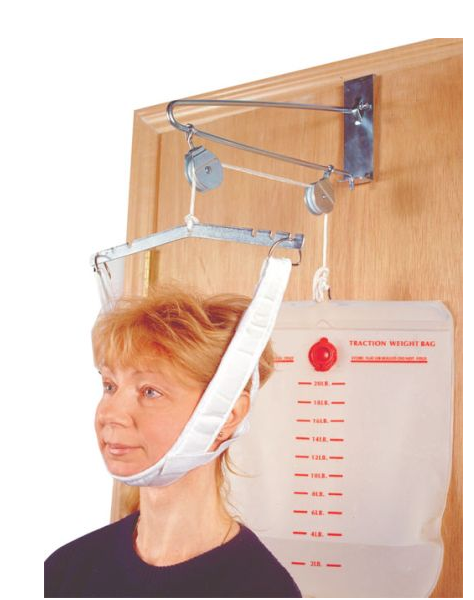
Mechanical Cervical Traction
A mechanical version is an inflatable neck traction device using an inflator bulb to gently pump air to slowly lengthen the spine. Mechanical Cervical Traction devices can be self-administered or supervised by a physical therapist.
Examples:
- Pronex Cervical Traction Device is a portable option that supports the spine while adding even traction with a hand-held pump.
- DJO Saunders Cervical Home Traction Device features a self-adjusting wedge to incline the patient while using a pressure gauge with a safety valve limit to receive customized cervical traction.
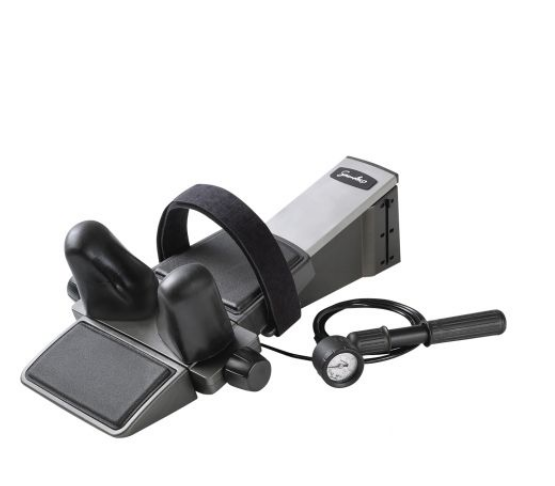
Manual Cervical Traction
Manual traction is another home neck traction unit that uses gravity to pull the head away from the neck. The head is supported and connected to a strap that wraps around a doorknob or banister to self-administer the therapy.
Example:
- OTC Cervical Traction Hammock separates the neck vertebrae using gravity to gently lengthen the neck. The looped strap is placed above the user by wrapping it around a doorknob, railing, or the wrist of a helper.
- Core Products Traction Harness System is a table harness that uses gravity to decompress the spine. The head extends slightly past the end of the table. The harness connects to a weighted bag to use gravity to decompress the neck.
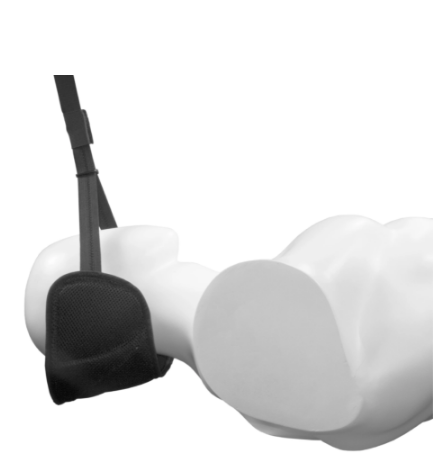
Cervical Traction Pillow
A cervical pillow or wedge is placed underneath the neck to deliver traction and cervical alignment. Typically, this is a complementary product to a cervical traction therapy device since it establishes proper cervical posture and adds comfort during therapy.
Example:
- Apex Cervical Orthosis supports the neck using three height adjustments to provide proper cervical posture during therapy.
- RB Traction Pillow is a foam pillow with a cover that cushions and comfort the neck when a patient is placed on a cervical traction table.
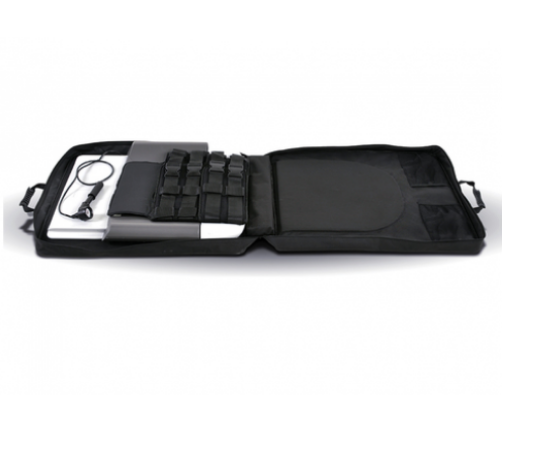
Traction devices are useful for treating:
- Herniated Discs
- Sciatica
- Pinched Nerves
- Slipped Discs
- Back Aches and Pains
Traction Indications
Before using a device for neck traction at home, consult with a physician. Avoid using a cervical traction device if it creates pain or the individual has a neck or spine injury. This therapy device is indicated for the following symptoms or conditions:
- Tense Muscles
- Pinched Nerves in the Neck
- Neck Muscle Spasms
- Neck Strain
- Herniated, Bulging Disks
- Slipped Discs
Product Videos
Over the Door Neck Traction
Video Transcription
Over the door traction is one of several options to stretch your neck at home. It's an effective treatment for neck pain, especially pain that goes under the shoulder or down the arm. It's also the least expensive option costing anywhere from $20 to $30.
But remember, this should only be used on the advice of your healthcare professional as there are some conditions that could be made worse but if you bought your unit and are ready to try it out, here's how to use it.
When you open the box, you'll find a plastic bag which we will be filling with water, a metal bracket, two pulleys, a spreader bar, a metal rod shaped like a V, a harness for your head, some rope and lastly some instructions that may or may not be helpful.
Next, just slide one pulley on to each end of the metal rod. Then attach the rod to the metal bracket. Thread the rope through the two pulleys.
Next, attach the spreader bar to the end of the rope. Most units come with an S-hook, which this one did not so I'm using a small carabiner that I had on hand. This piece is not critical but it does make it easier to attach the water bag.
Now you'll fill the water bag about halfway to start and this will be your counter weight. Attach the bracket to a doorand close the door. Have a seat and it's time to put on the harness.
You will find two pieces of Velcro on one side of the harness. They should go towards the back. They will then come around and attach to the front. Attach the harness to the spreader bar.
Lastly, hang the water bag on the other end of the rope. You're all done and sitting pretty.
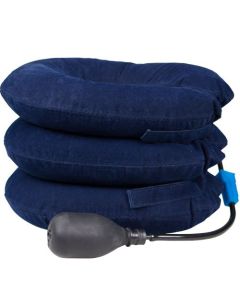
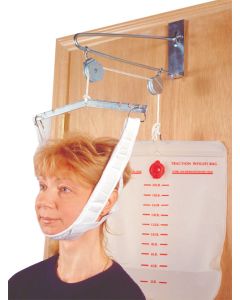
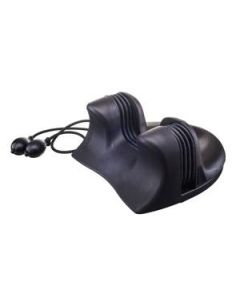
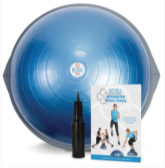
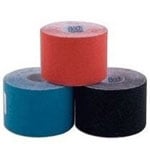
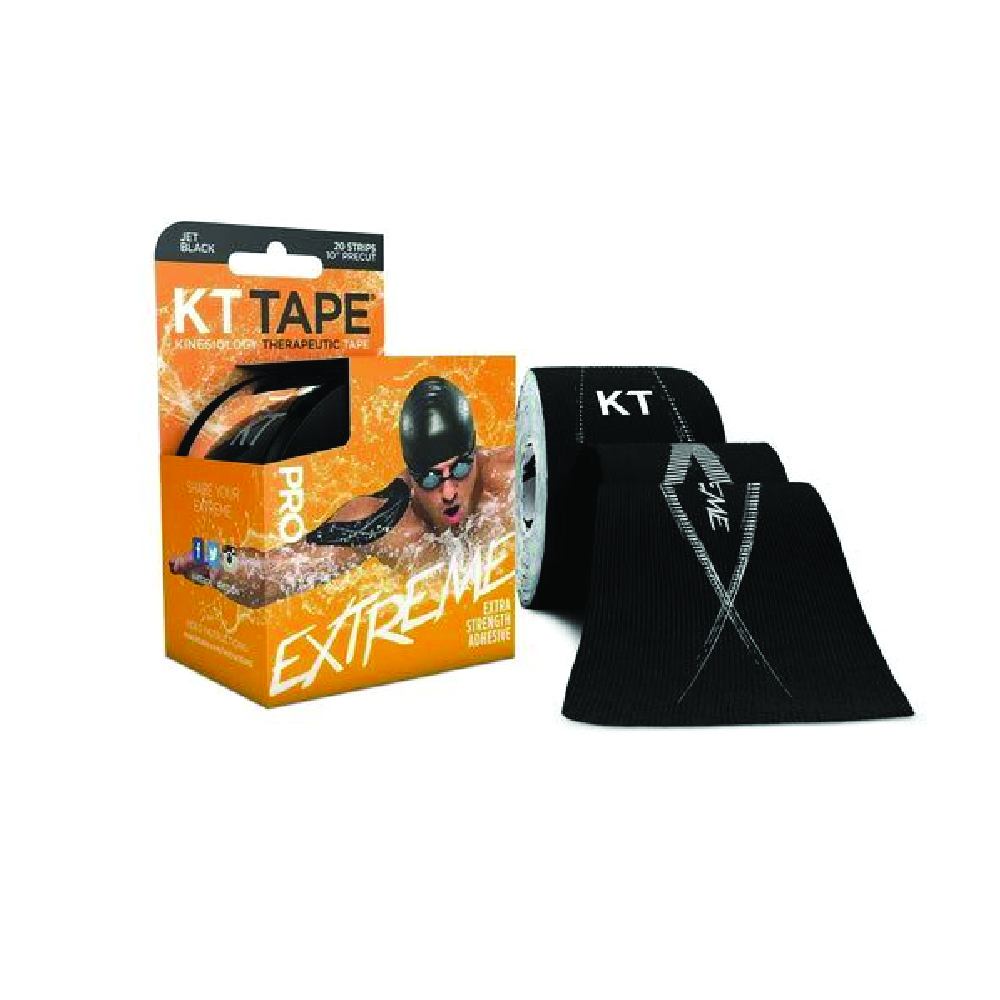
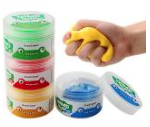
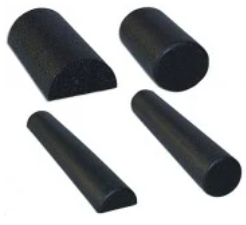


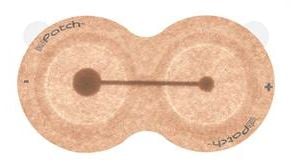
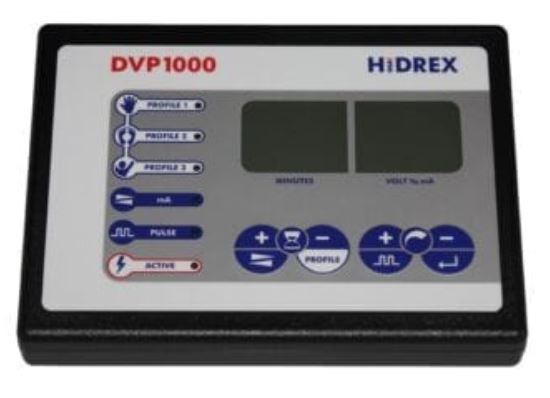
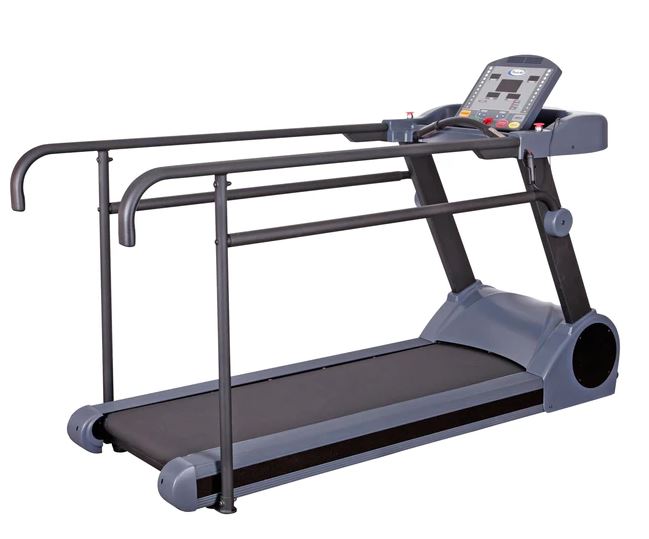
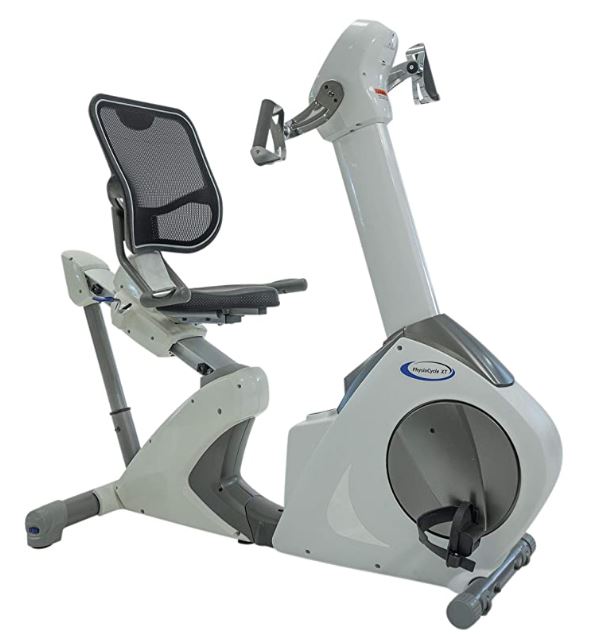
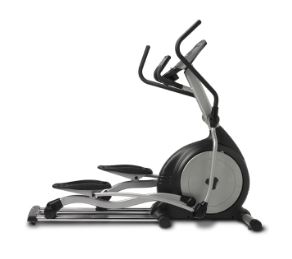
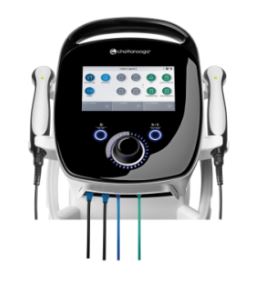

Login and Registration Form